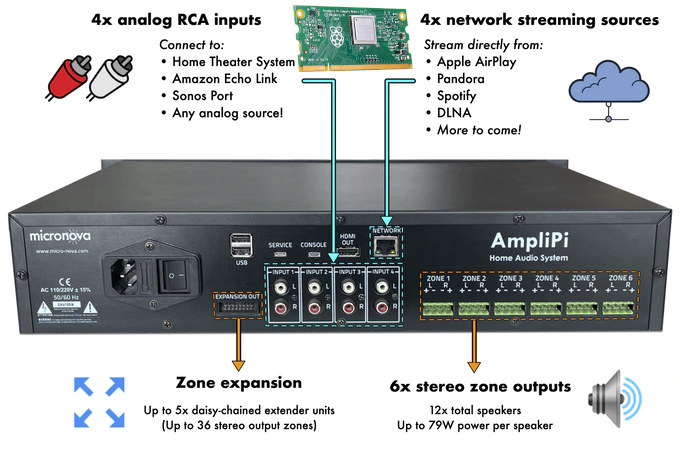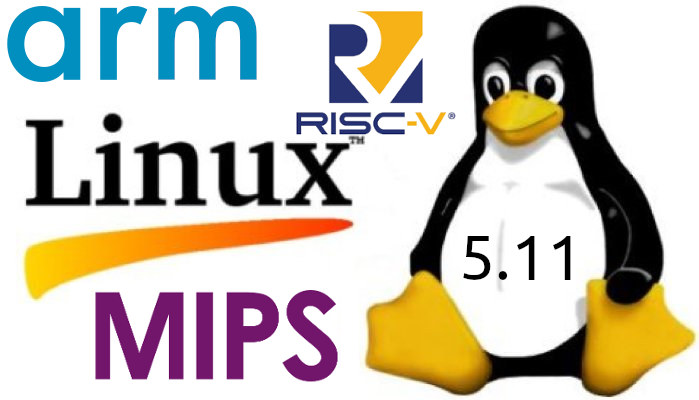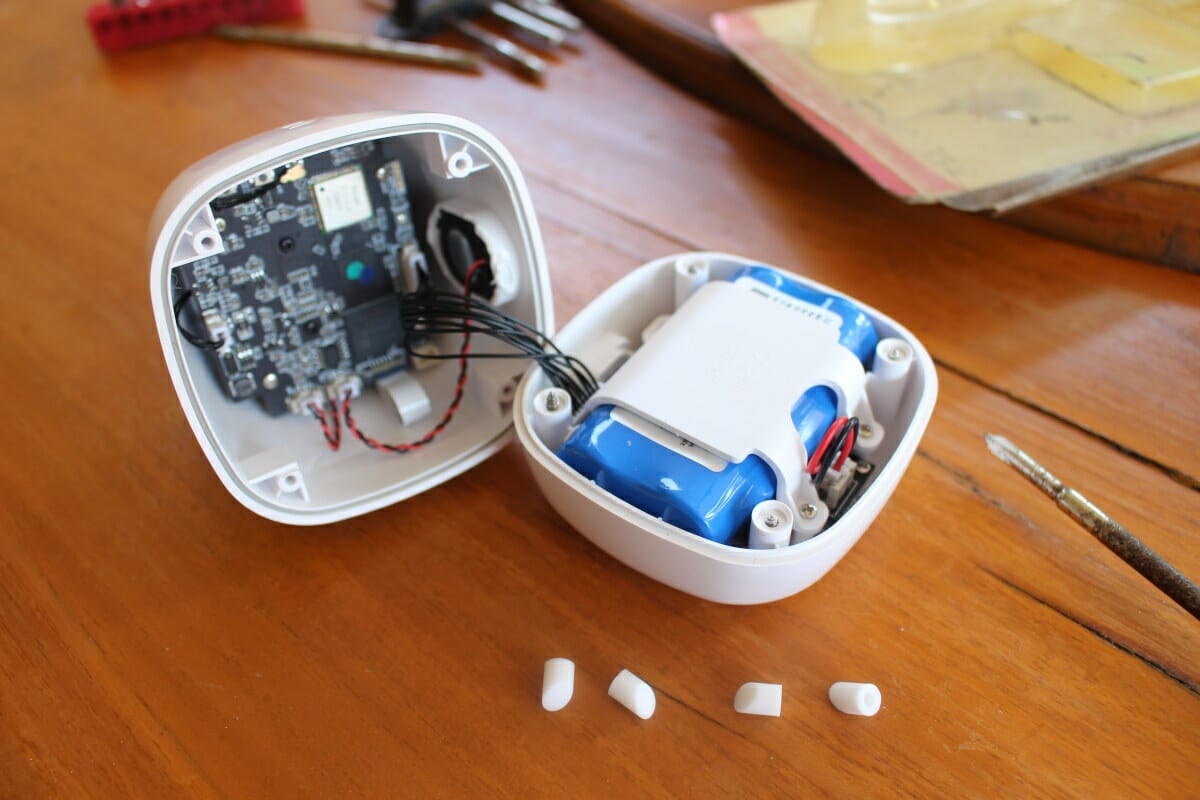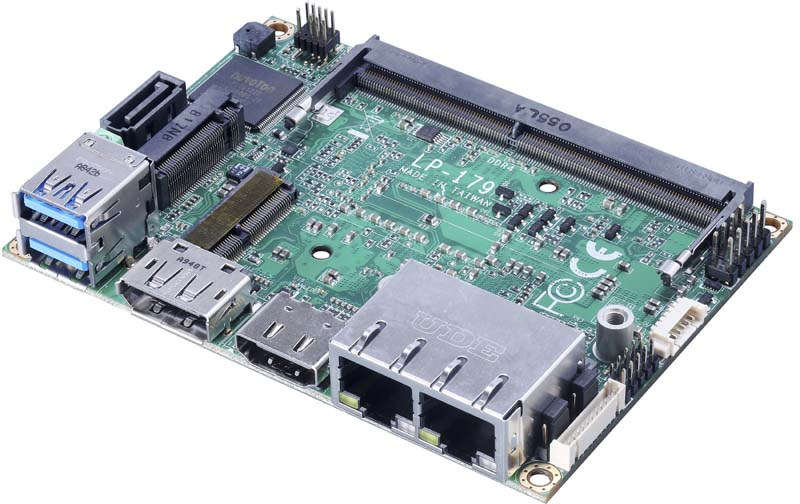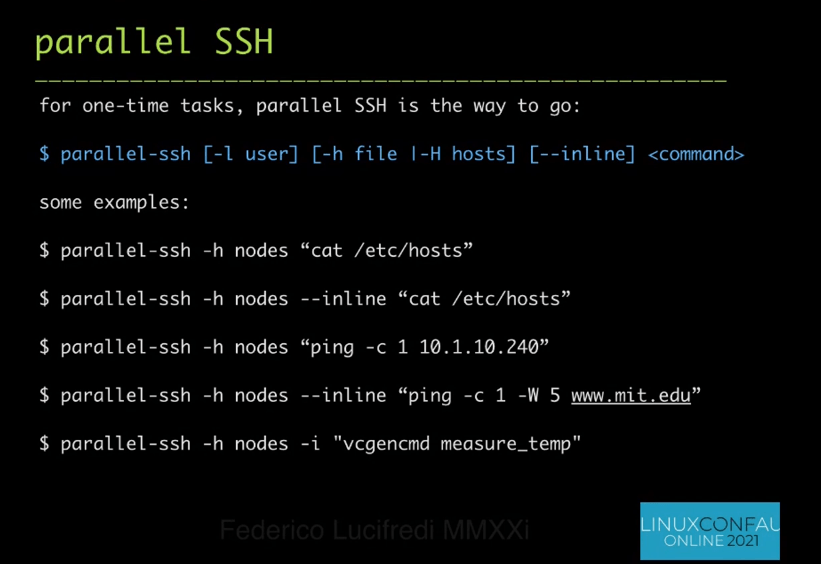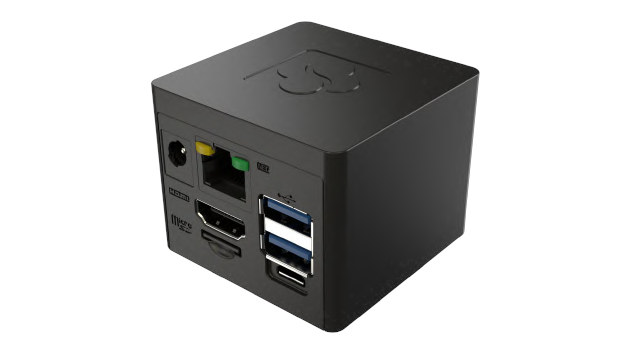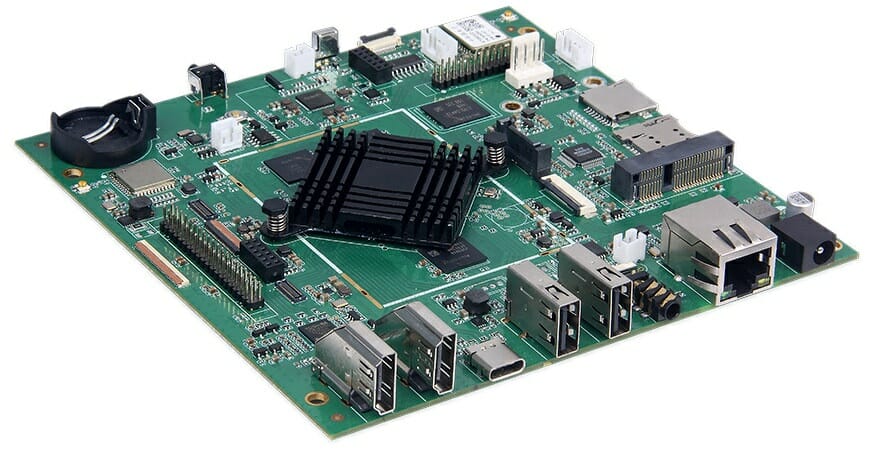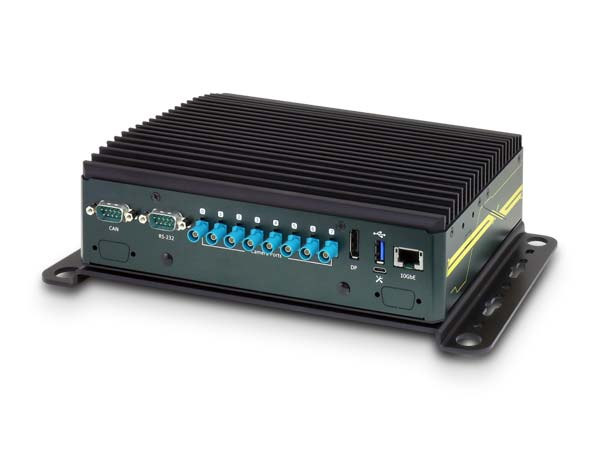Micro Nova has put together an open-source, whole-house audio amplifier called AmpliPi based on Raspberry Pi Compute Module 3+. It is capable of streaming four independent sources to 6 stereo output zones, expandable to up to 36 stereo output zones through daisy-chained extender units. AmpliPi specifically supports inputs from four networking streaming sources including AirPlay, Pandora, Spotify, and DLNA, as well as four analog RCA inputs for your media appliances. AmpliPi key components and features: Controller Board Carrier board fitted with Raspberry Pi Compute Module 3+ and PCM5102A & CM6206 audio DACs. It also communicates over I2C with the STM32 MCU on the Preamp board (see below) to control the muxing and amplification systems. Interfaces 10/100M Ethernet port HDMI 1.4 output 2x USB 2.0 ports, plus one internal USB port Service and console ports for maintenance and/or debugging. Preamp Board Board equipped with a 6×4 audio matrix switching system and […]
Linux 5.11 Release – Main Changes, Arm, MIPS & RISC-V Architectures
Linus Torvalds has released Linux 5.11 just in time for… “Valentine’s Day”: Nothing unexpected or particularly scary happened this week, so here we are – with 5.11 tagged and pushed out. In fact, it’s a smaller-than-average set of commits from rc7 to final, which makes me happy. And I already have several pull requests lined up for tomorrow, so we’re all set for the merge window to start. But in the meantime – and yes, I know it’s Valentine’s Day here in the US – maybe give this release a good testing before you go back and play with development kernels. All right? Because I’m sure your SO will understand. Linus Last time around, Linux 5.10 was an LTS release that added EXT-4 performance enhancements, improved post-Spectre performance, as well as the enablement of BCM2711 (Raspberry Pi 4) display pipeline, among other many changes. Some of the notable changes in […]
Vacos Cam AI Security Camera Review – Part 1: Specifications, Unboxing and Teardown
As we’ve seen in our Reolink RLC-810A review, AI security cameras greatly reduce the number of false alerts generated by motion sensors, and the Reolink 4K security camera we tested was capable of people and vehicle detection. The Reolink model does not support WiFi, so I had to run a long Ethernet cable, plus a power extension to connect a 12V power adapter since I don’t own a PoE injector. But I’ve been given the opportunity to review another AI security camera, namely Vacos Cam, that also supports human detection, but relies on WiFi connectivity and can be powered by a solar panel removing the need for potentially long cable. As a bonus, it comes with eMMC for storage, so there’s no need for a MicroSD card. In the first part of the review, I’ll list the specifications, unbox the power panel and camera, and tear down Vacos Cam to […]
Commell LP-179 Pico-ITX motherboard ships with Intel Tiger Lake UP3 embedded processor
Intel first introduced Core i3/i5/i7 Tiger Lake UP3 processors with Intel Xe graphics in early September 2020, soon followed with embedded versions of Tiger Lake UP3 a couple of weeks later, and then Celeron 6305E, still for embedded & IoT applications, with support for features such as 2.5GbE and quad-display support. We’ve already seen some Tiger Lake UP3 motherboards with AAEON UP Xtreme i11 (122 x 120 mm) and IEI tKINO-ULT6 mini-ITX SBC, but if you’d like a more compact Tiger Lake solution, Commell LP-179 Pico-ITX motherboard may be an option with a choice of Core i7-1185G7E or Celeron 6305E processor. Commell LP-179 specifications: SoC (one or the other) Intel Core i7-1185G7E quad-core/octa-thread Tiger Lake UP3 embedded processor @ 1.8 GHz / 4.4 GHz (Turbo) with 12MB cache, 96EU Intel Iris Xe graphics; 12 to 28W TDP Intel Celeron 6305E dual-core Tiger Lake UP3 embedded processor @ 1.8 GHz (No […]
Software configuration tips for Raspberry Pi clusters & parallel-ssh command
I missed that linux.conf.au 2021 took place on January 23-25 2021, and while browsing the schedule I noticed a talk entitled “Building Raspberry Pi Supercomputers” by Federico Lucifredi, Product Management Director for Ceph Storage at Red Hat. In the talk, he mostly focuses on the software part, and besides some basic steps, I learned about some new commands that be useful to people managing clusters of Raspberry Pi or other Linux boards or hosts. Configuring a cluster He used Picocluster image in his example, but for people wanting to use 64-bit OS, he recommends Ubuntu or Fedora images until Raspberry Pi OS 64-bit becomes stable. The first part of the configuration is making sure all the main user is the same on all board, disable SSH for root, and configure run levels (X not needed on clusters). Networking is configured with fixed IP addresses for Ethernet, and DHCP for WiFi. […]
SolidRun CuBox-M 2-inch Arm Linux/Android mini PC packs a 2.3 TOPS AI accelerator
SolidRun first introduced the tiny CuBox Arm Linux mini PC in 2011, with the device based on a Marvell Armada 510 dual-core Armv7 processor, and followed in 2013 with the launch of the CuBox-i family powered by Freescale i.MX 6 single to quad-core Cortex-A9 processor. The company moved to NXP i.MX 8M processor in 2018 with the introduction of CuBox Pulse, and now they’ve introduced their first Cubox mini PC with a built-in AI accelerator. Meet CuBox-M mini PC powered by NXP i.MX 8M Plus quad-core Cortex-A53 processor with a 2.3 TOPS NPU. Cubox-M mini PC specifications: SolidRun i.MX 8M Plus System-on-Module (SoM) SoC – NXP i.MX 8M Plus Quad quad-core Arm Cortex-A53 processor @ 1.8 GHz with Arm Cortex-M7 up to 800MHz, Vivante GC7000UL 3G GPU (Vulkan, OpenGL ES 3.1, OpenCL 1.2), 2.3 TOPS NPU, 1080p60 H.264/H.265 video encoder, 1080p60 video decoder (H.265, H.264, VP9, VP8), Candence HiFi4 audio […]
Geniatech RK3568 Development Board to support Android 11 and Linux
RK3566 and RK3568 are the latest AIoT processors from Rockchip equipped with four Arm Cortex-A55 cores, a Mali-G52 GPU, and an impressive range of peripherals that make them suitable for all sorts of applications including AI edge computing and network video recorder (NVR). We already know Pine64 is working on Quartz64 SBC based on Rockchip RK3566, but I’ve just noticed Geniatech’s “RK3568 development board” that should offer even more features since the processor comes with extra I/Os compared to its little brother. Let’s have a look. Geniatech RK3568 development board specifications: SoC – Rockchip RK3568 quad-core Cortex-A55 processor up to 2.0 GHz with Arm Mali-G52 GPU supporting OpenGL ES 1.1/2.0/3.2, OpenCL 2.0, Vulkan 1.1, 0.8 TOPS NPU for AI acceleration System Memory – Up to 4 GB LPDDR4 Storage – Up to 128 GB eMMC 5.1 flash, 1x SATA 3.0 port, MicroSD card slot, M.2 socket for NVMe SSD (See […]
Jetson AGX Xavier based Edge AI Platform supports 8 GMSL automotive cameras and 10Gbps Ethernet
Neousys Technology, a Taiwan-based provider of rugged embedded systems, has introduced the NRU-110V Edge AI inference platform powered by an NVIDIA Jetson AGX Xavier SoM. It comes with eight FAKRA Z connectors to support up to eight GMSL automotive cameras, as well as one 10GbE (10 Gigabit Ethernet) port for real-time video data transfer. The system specifically supports GMSL cameras with 3-exposure HDR, LED flicker mitigation, good light-sensitivity, and IP67 waterproof characteristics, and also comes with a synchronize mechanism to simultaneously capture high-quality images from 8 GMSL cameras while accepting GPS PPS signal to align image data with other sensors. That makes it suitable for various applications ranging from autonomous driving, mobile robots, precision agriculture, intelligent V2X, to teleoperation. Neousys NRU-110V specifications: System-on-Module – NVIDIA Jetson AGX Xavier SoM with SoC NVIDIA 512-core Volta GPU 8-core Arm Carmel CPU 2x NVDLA Engines 7-Way VLIW Vision Processor Memory – 32GB LPDDR4x […]


